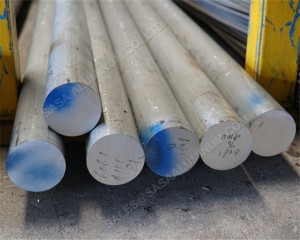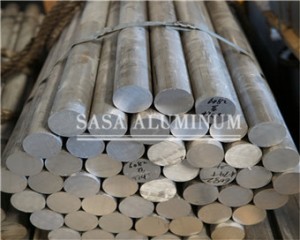Both 2014 T6 and 6061 T6 are high-strength aluminum alloys with the T6 temper, but they have distinct differences in terms of composition, properties, and applications.
Here’s a brief comparison:
2014 T6 and 6061 T6 aluminum bar Chemical Composition:
| Grade | Si | Fe | Cu | Mn | Mg | Cr | Zn | Ti | Al |
| 2014 T6 | 0.5-1.2 | 0.7 | 3.9-5.0 | 1.2-1.8 | 1.2-1.8 | - | 0.25 | 0.15 | Bal |
| 6061 T6 | 0.4-0.8 | 0.7max | 0.15-0.4 | 0.15 | 1.0-1.6 | 0.04-0.35 | 0.25 | 0.15 | Bal |
2014 T6 and 6061 T6 aluminum bar Mechanical Properties:
| Grade | Tensile Strength | Yield Strength (0.2% offset) | Elongation at Break | Hardness (Brinell) |
| 2014 T6 | 400 MPa (minimum) | 360 MPa (minimum) | 12% (minimum) | 120 HB |
| 6061 T6 | 310 MPa (minimum) | 276 MPa (minimum) | 8% (minimum) | 95 HB |
2014 T6 and 6061 T6 aluminum bars Applications:
| Aspect/Property | 2014 T6 Aluminum Bar | 6061 T6 Aluminum Bar |
| Primary Applications | Aerospace components, high-strength applications, machined parts | General engineering, structural components, marine applications, automotive components |
| Strengths | High strength, good machinability | Balanced strength, weldability, corrosion resistance |
| Typical Uses | Aircraft fuselage elements, wing structures, structural components | Building structures, marine fittings, aircraft parts, automotive components |
| Strength Characteristics | Emphasizes high strength, suitable for aerospace | Balances strength with formability for versatile applications |
| Corrosion Resistance | Generally less corrosion-resistant | Better corrosion resistance, suitable for marine applications |
| Machinability | Good machinability for precision parts | Also has good machinability, contributing to versatility |
Post time: Dec-05-2023

